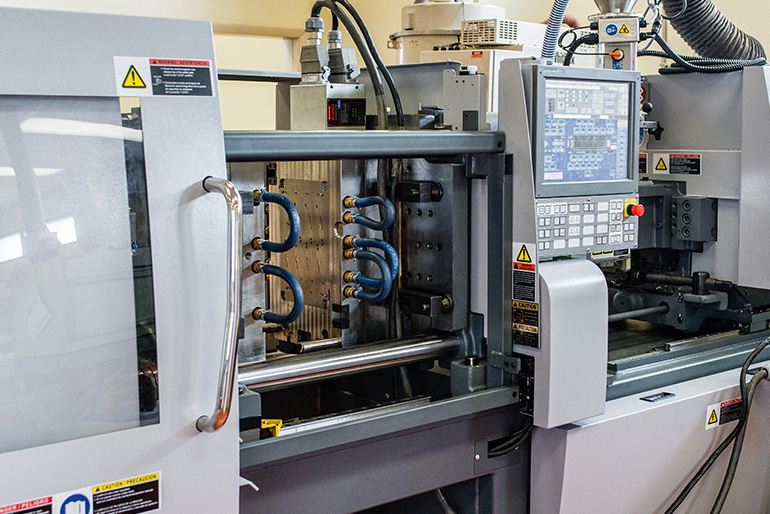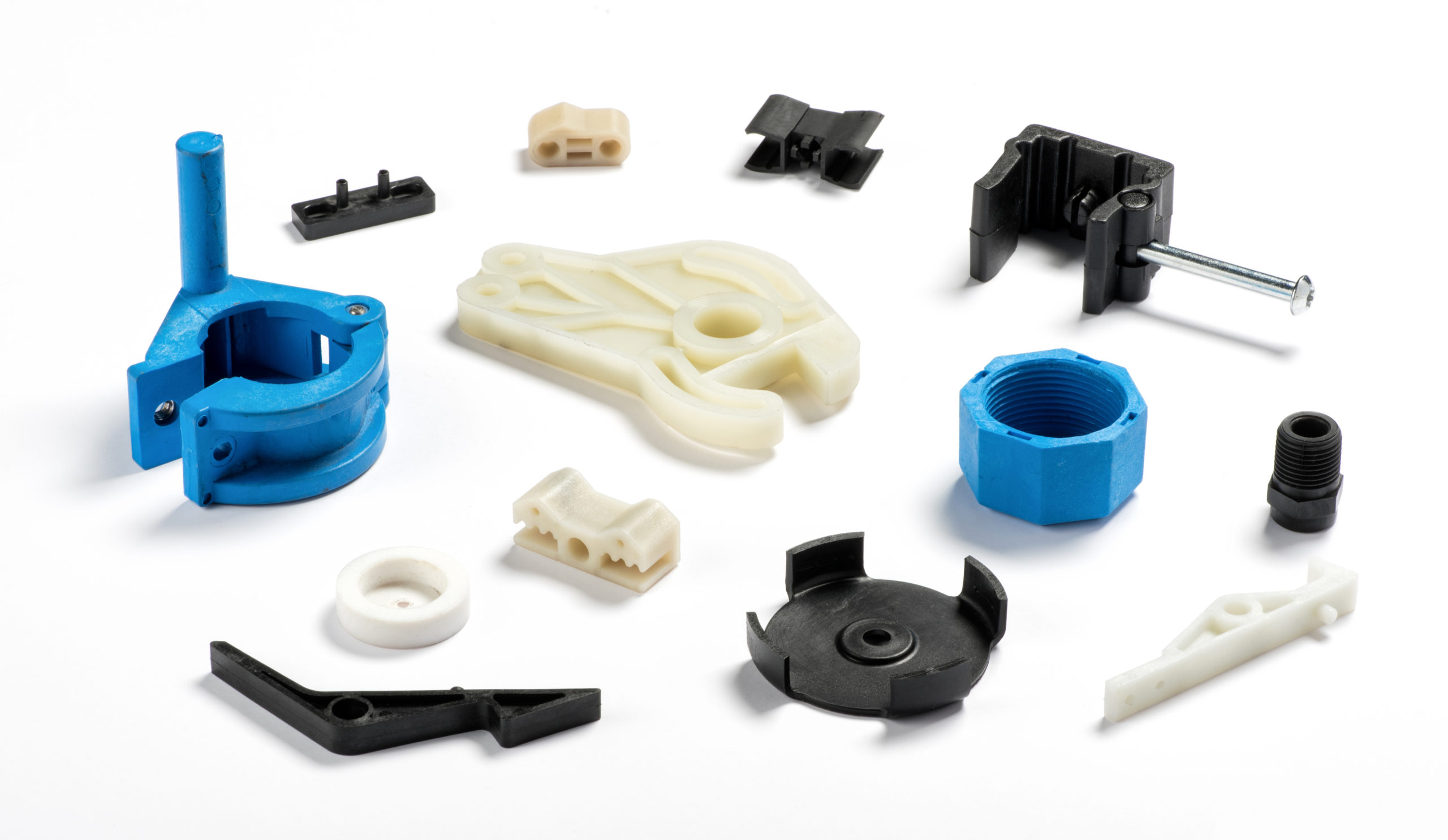Just How Plastic Injection Molding Guarantees Uniformity and Accuracy in Manufacturing
Just How Plastic Injection Molding Guarantees Uniformity and Accuracy in Manufacturing
Blog Article
Comprehending the Basics of Plastic Shot Molding Procedures
Plastic injection molding acts as a keystone of modern-day manufacturing, offering a systematic strategy to generating complex elements with accuracy. This procedure not only incorporates the basic steps of melting and injecting products right into mold and mildews yet likewise involves a nuanced understanding of numerous affecting elements, such as temperature level and stress. As sectors progressively require performance and top quality, the ins and outs of this approach end up being much more important. Exploring these vital components can disclose just how even minor adjustments can lead to significant enhancements in production outcomes, questioning regarding the capacity for development in this well established process.
What Is Plastic Shot Molding?
Plastic shot molding is a widely made use of manufacturing process that changes thermoplastic and thermosetting products right into specific and complicated forms. This technique is preferred for its capability to generate high volumes of the same get rid of exceptional accuracy, making it an essential method in numerous industries, including automobile, durable goods, and medical tools.
The process entails thawing the chosen plastic material and infusing it right into a mold under high pressure. The mold and mildew, created to the specifications of the preferred part, permits the molten plastic to form as it solidifies and cools. When the product has actually hardened, the mold is opened, and the completed element is expelled.
Plastic shot molding supplies several advantages, consisting of lowered waste, uniformity in production, and the capacity to include elaborate styles that might be challenging with other producing methods. Furthermore, it supports a broad array of materials, each supplying one-of-a-kind homes that can be customized for certain applications. As sectors remain to introduce, plastic injection molding continues to be at the forefront, allowing the advancement of advanced products that meet evolving consumer demands.
The Injection Molding Process
The injection molding procedure is an innovative strategy that includes a number of essential phases to generate high-quality plastic parts. Plastic pellets are fed right into a heated barrel where they are thawed right into a viscous fluid. This molten plastic is after that injected under high pressure into a precision-engineered mold and mildew, which forms the material into the preferred form.
As soon as the mold and mildew is filled, the plastic is allowed to cool and solidify, taking the shape of the mold dental caries. Cooling time is vital, as it affects the cycle time and the last buildings of the molded component. After sufficient air conditioning, the mold and mildew opens, and the finished element is ejected making use of ejector pins.

Materials Utilized in Injection Molding
Various materials can be utilized in the shot molding procedure, each offering unique residential properties that accommodate details applications. One of the most generally used products consist of thermoplastics, thermosetting plastics, and elastomers.

Thermosetting plastics, like epoxy and phenolic resins, undertake a chemical change during the healing procedure, leading to an inflexible, inflexible structure. These materials are suitable for applications requiring high warm resistance and architectural integrity, often utilized in auto parts and electrical insulators.
Elastomers, including silicone and rubber-based materials, provide versatility and durability. Their one-of-a-kind buildings make them appropriate for applications that require flexibility, such as gaskets visit this site right here and seals.
Additionally, specialty products like bio-based plastics and compounds are obtaining grip for their environmental advantages and boosted performance characteristics, broadening the scope of injection molding applications in numerous industries. Understanding the residential or commercial properties of these materials is critical for picking the appropriate type for specific tasks.
Advantages of Injection Molding
Injection molding stands apart as a very effective production procedure that uses many benefits for generating intricate components with accuracy. Among one of the most substantial advantages is the capability to develop elaborate designs that would certainly be difficult or difficult to accomplish with other approaches (Plastic Injection Molding). The procedure permits limited tolerances and detailed features, guaranteeing top quality components
In addition, shot molding is recognized for its quick production capabilities, making it an ideal selection for high-volume production. When the mold is developed, parts can be produced quickly, lowering lead times and increasing overall performance. This effectiveness not just reduces production prices however also offers an one-upmanship on the market.
The versatility of materials made use of in shot molding better improves its appeal. A variety of thermoplastics and thermosetting polymers can be used, enabling suppliers to choose materials that finest fulfill their specific needs, including warm, adaptability, and strength resistance.
Moreover, the procedure minimizes waste, as excess material can usually be recycled and recycled. This sustainability facet contributes to a minimized ecological effect, making shot molding a liable manufacturing selection. Overall, the advantages of injection molding make it a favored approach for several industries.
Aspects Influencing Item High Quality
While various aspects can affect item high quality in shot molding, recognizing these aspects is vital for attaining optimal outcomes. Key aspects include material selection, refining parameters, and mold design.
Material option plays an important role, as different polymers exhibit distinct properties that affect flowability, strength, and thermal security. Poor product selection can bring about issues such as bending or incomplete dental filling.
Processing parameters, including cycle, pressure, and temperature level time, have to be diligently controlled. Variations in these setups can cause incongruities in component measurements and surface area finish. For instance, exceedingly heats might trigger degradation of the polymer, while poor stress can lead to short shots.
Mold and mildew layout is similarly important, as it establishes the circulation of the molten plastic and the cooling process. Badly created mold and mildews may result in uneven air conditioning prices, causing residual stresses and dimensional mistakes.

Conclusion
In final thought, plastic injection molding functions as a vital manufacturing procedure that makes it possible for the efficient manufacturing of premium elements. Proficiency of the shot molding procedure, including the understanding of materials and the influence of various factors on product high quality, is vital for accomplishing ideal results. The benefits of this technique, such as cost-effectiveness and style adaptability, more underscore its significance throughout several markets, strengthening its status as a recommended selection for high-volume production.
Plastic injection molding offers as a keystone of contemporary manufacturing, providing a methodical strategy to creating complex parts with accuracy.Plastic injection molding offers numerous advantages, consisting of minimized waste, consistency in manufacturing, and the ability to integrate elaborate styles that may be testing with various other producing approaches (Plastic Injection Molding). As industries continue to innovate, plastic shot molding continues to be at the center, allowing the growth of sophisticated products that satisfy developing customer go now demands
The shot molding procedure is an innovative method that entails a number of vital phases to create high-quality plastic elements.In conclusion, plastic shot molding serves as an essential manufacturing procedure that enables the effective production of high-grade components.
Report this page